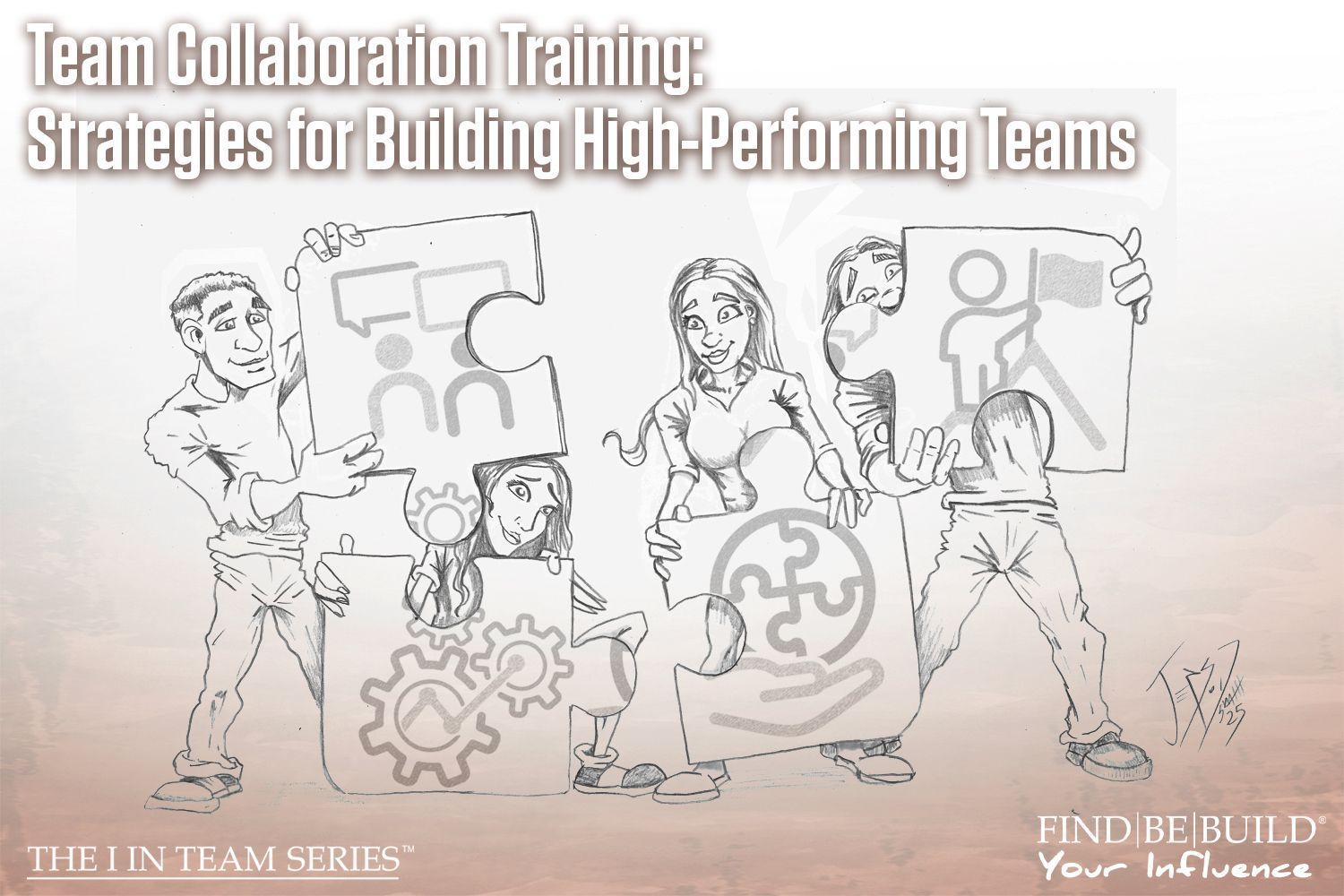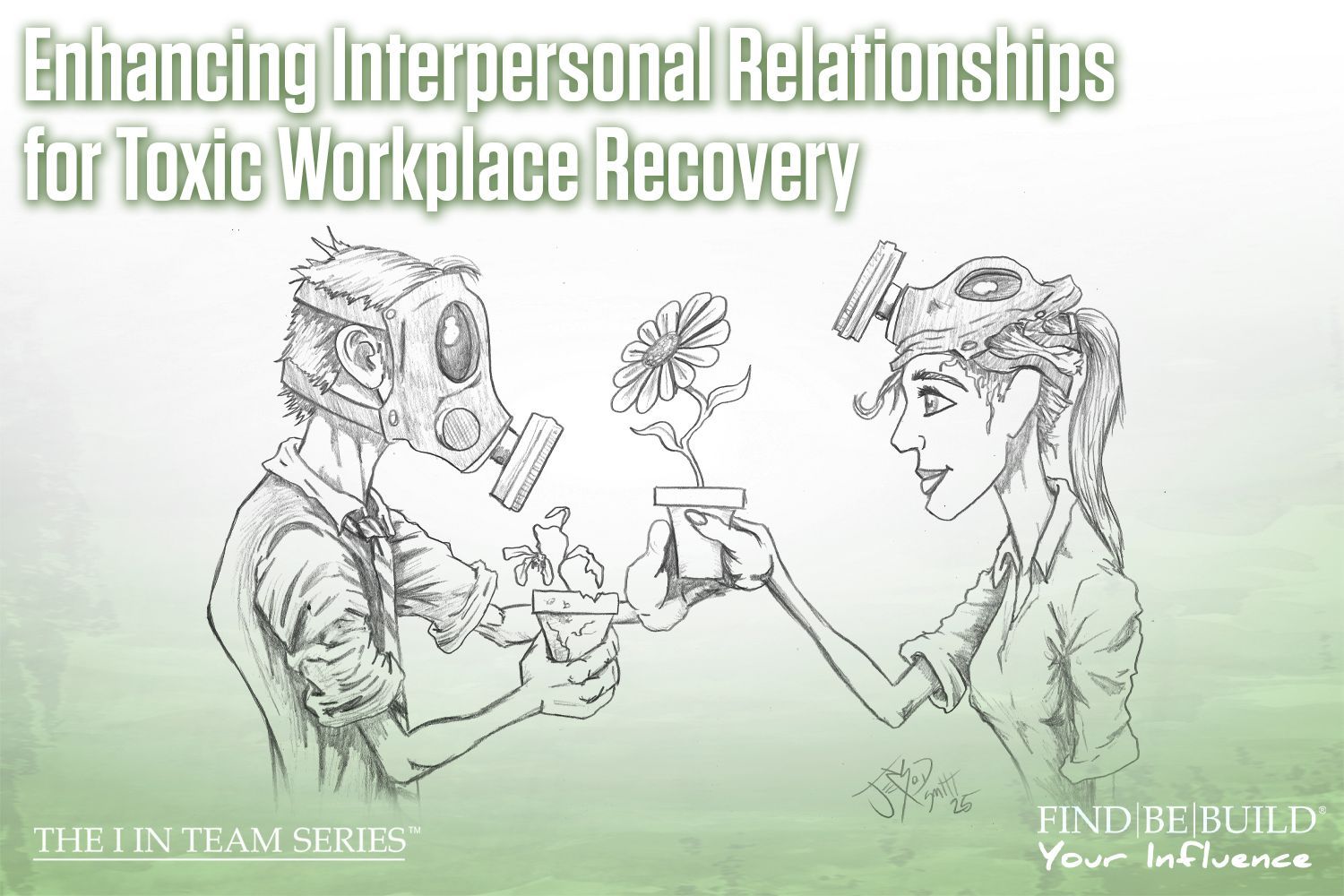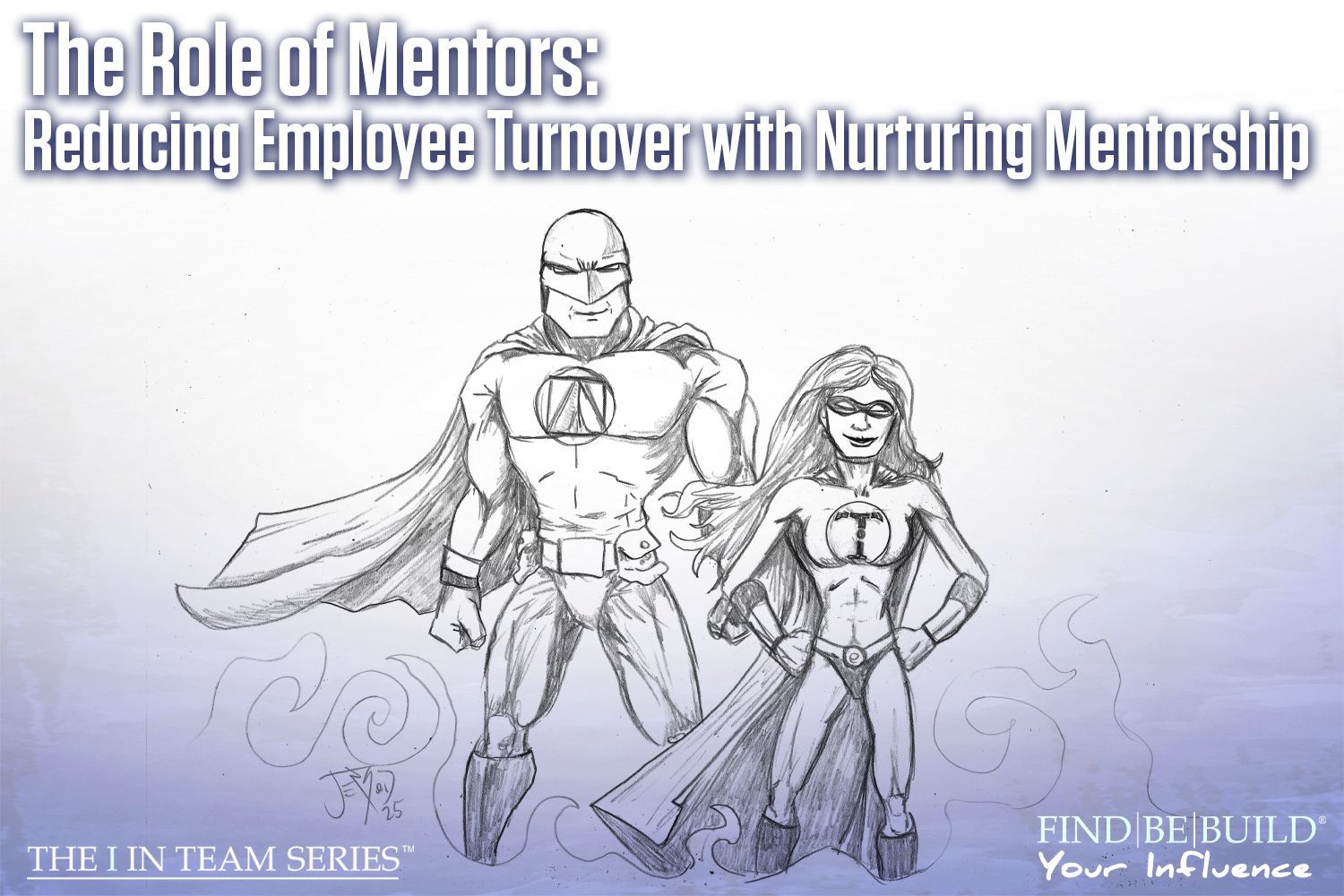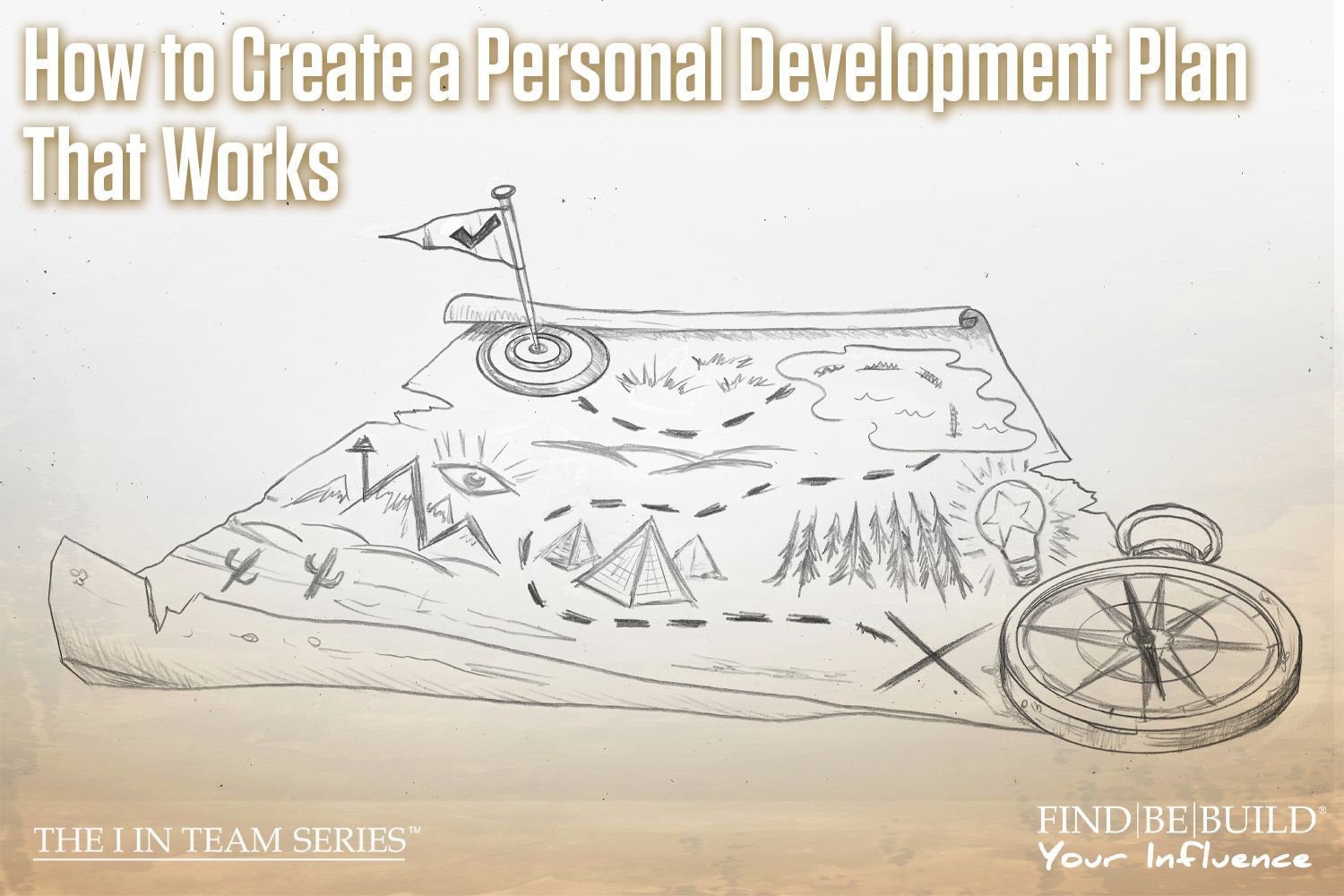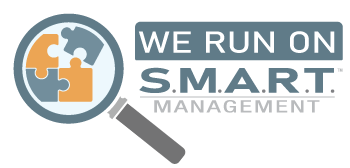13 Ways to Improve Cash Flow

Improve cash flow strategies
After our most recent workshop, where the IA Business Advisors team presented to dozens of local small business owners, I realized that almost every single person in attendance wants to know how to improve cash flow in their business. Maybe it’s because most colleges don’t have a course on cash flow management. Perhaps it’s because of the 2.2 million books on business on Amazon, less than 0.01 percent is on improving cash flow. It could be that cash flow is such a private matter, most small business owners don’t want to admit they need help. Whatever the reason, I wanted to give you 13 Ways to Improve Cash Flow in your business.
1) Consistent pricing
Having consistent pricing of your services does a few things to help your cash flow situation. First, it shows you what works and doesn’t work. For example, if you want to charge $50 per hour on one project, $300 per hour on the next, and $175 on another, you will have a hard time determining which pricing model your target audience is willing to pay. Second, consistent pricing alleviates a lot of internal stress on your staff or on yourself. You won’t have to try and remember what price you gave someone, because it’s consistent. Your staff will be able to confidently discuss pricing with prospects. The third thing it does is it helps with cash flow forecasting and other financial metrics. Besides measuring your historical cost of goods sold and profit margins, consistent pricing helps you to accurately forecast your revenue.
2) Provide recurring value to clients
This is one of the simplest, yet most underutilized, business strategies to improving cash flow: Build a Monthly Recurring Revenue System. Consider how much time it takes you to land a new client. (Hopefully you’re tracking this!) Then think about how much clients tend to rave about you when you’ve delivered your service. Instead of returning to hunting mode, determine what kind of value you can provide to this existing client that they would be willing to pay for. This removes the need to frantically look for new clients after finishing an engagement. It also removes the ebbs and flows that many typical small business owners face each month or each quarter.
3) Don’t get greedy
When you have a prospect asking for a service that’s out of your comfort zone, don’t try to oblige them by saying yes without doing your homework. If you really think this particular service may come up again, research the topic and become a professional at it. You could also establish trusted relationships with professionals who do provide this service and simply make an introduction. The client will appreciate your honesty by admitting you’re not an expert at their particular service request.
Don’t try to make money on introductions to other professionals. Instead, periodically check in with the person you gave the prospect to and see how their project is going. Doing this will subconsciously trigger the “rule of reciprocity” and greatly increase the chances of receiving a referral in return.
4) Manage your database
When a business owner goes to sell their business, they rarely forget to give their database a value. However, while their business is plugging along, they rarely invest the time to manage their database. Your database is your clients and referral partners. Managing your database can be done a few different ways.
First, you should have a central place where all customer and referral partner contact info is placed, a CRM. This doesn’t need to be expensive or elaborate, but it is essential to maintain efficiency.
Second, develop a systematic plan of connecting with your database. Hopefully your database is filled with people who love you and/or the work you did. Do you send them emails/cards on their birthdays? Anniversaries? Work anniversaries? Holidays? There are numerous software applications to automate this process and it helps keep you “top of mind.”
5) Capture contact info of website visitors
This is the easiest way to build your database of contacts. How do I get an email address when someone visits my website? It’s simple! You need to offer something of value to them in exchange for their contact information. It could be a free widget, free download, automated analysis, or free report. Whatever it is, you should also have a strategy for following up with this new contact. It could be a “Thank You” email, LinkedIn request, or personalized email.
How much revenue does your website generate? In addition to capturing the contact info of website visitors, you also could create an automated way to earn revenue on your website. This could be an offer of templates, a book, or anything else of value that you can automate on your website.
6) Incentivize appropriately for new business
Some of your best salespeople are sitting in your office right now! Do they know how bringing in new business helps the company or their paycheck? You should clearly lay out a commission plan or show how new clients impact the business.
Do your past clients, who you did a wonderful job for, refer your business? Sure, some people are extra amazing and refer business just because of how nice they are. Do you have a formal client referral program that could be used to advertise to your database? It doesn’t need to be much, but money has a funny way of motivating people to act and refer business.
7) Use your fiscal policy
On the defensive side of the cash flow equation, you should always use a Fiscal Policy. It could be as simple as determining what threshold is relevant to consider what the ROI will be and the time it will take to realize this ROI. Your Fiscal Policy should include a periodic review and forecast of revenue, cost of goods sold, and profits. If you don’t like numbers, because you’re not a “numbers person”, that’s ok. Many small business owners hate reviewing their P/L or Balance Sheet, too. It’s very important to find a trusted advisor to help you with this area of your business if it’s not your strong suit.
8) Understand your revenue strategy
A Revenue Strategy defines how a company will maximize its value by balancing short term revenue needs with long term revenue opportunities. Simply stated, a Revenue Strategy balances all your activities to make sure you are going to have a thriving business today and in the future. Investing in your marketing, like search engine optimization or pay-per-click advertisements, only work if they are done consistently over a period of time. Some experts say it takes at least 6 months to get feedback and adjust marketing before it’s profitable.
You should never lose sight of short term revenue objectives either. How else are you going to pay your bills, rent, etc. without revenue? This is why understanding your revenue strategy brings clarity to your business.
9) Focus your time on HIPA not LIPA
I can’t seem to attend a single workshop, seminar, or business presentation without thinking about HIPA and LIPA. HIPA is High Income Producing Activities and LIPA (you probably guessed it) is Low Income Producing Activities. I first heard this concept explained in 2012 at a business workshop at my church. The presenter was talking about things in our business that must get done, but shouldn’t be done by the business owner – because they are low income producing activities. Some examples of low income producing activities which business owners should delegate to their staff or outsource altogether are maintaining your website, bookkeeping, answering the phone, and filing paperwork. Think about your business. Which activities are high income producing activities? Are you focused on them every day?
10) Review your Cash Flow Utilization every month
Cash Flow Utilization is a metric that evaluates where every dollar came from and where every dollar went. It is different from a P/L and which doesn’t show true Cash Flow Utilization. Understanding your cash flow in terms of New Client Revenue, Current Client Revenue, and Past Client Revenue will help evaluate your incoming cash flow. In terms of your outgoing cash flow, consider Cost of Goods Sold, Payroll, Expenses, Debt Pay Down, and Savings. Instead of asking yourself, “Where did all the money go?”, you will be able to know this based on your cash flow utilization.
11) Don’t over aggressively pay down debt
I am not advocating debt. However, business owners should make sure their cash flow isn’t being constricted because of overaggressive commitments to paying down their business debt. A major cause of business failure or stress to business owners is trying to ramp up revenue only to pay down debt. Your debt pay down plan could be part of your fiscal policy and should outline how you plan to realistically tackle the debt your business is facing. Don’t be too optimistic. We recommend reviewing it with a trusted advisor to give you an outsider’s perspective on your plan.
12) Set expectations of when you want to get paid
It should be no secret that the simplest way to increase cash flow is getting paid. When you are beginning a project for a new client, it is critically important to make sure both you and the client are in agreement about when you are to be paid. This could be a formal contract, project deposit, or a simple email. Many small business owners don’t want to chase down clients for payment on work completed, so make it as easy as possible for clients to pay you. This could be done by proactively setting up payment plans with clients (where you maintain their payment information), creating links on your website where people can pay, or collecting a large deposit upfront before services begin. Whichever way you choose to be paid, don’t leave it up to the client to guess. Make it very clear.
13) Pay yourself a wage
“Should I pay myself a wage?” This is a question I get asked a lot when doing presentations, holding workshops, or in general networking functions. Paying yourself a wage should be part of your Break Even Policy. The Break Even Policy is a level of revenue at which profit is zero. You need to make yourself (and your business) an expense for this policy to make sense. Paying yourself a wage also helps you remember how long things really take. If you track your time and compare it to what you’re paying your staff, you should begin to realize you are either not charging enough or your staff needs to become much more efficient.
What are some other ways to improve your cash flow?
© Individual Advantages, LLC. 2015
The post 13 Ways to Improve Cash Flow appeared first on IA Business Advisors.
